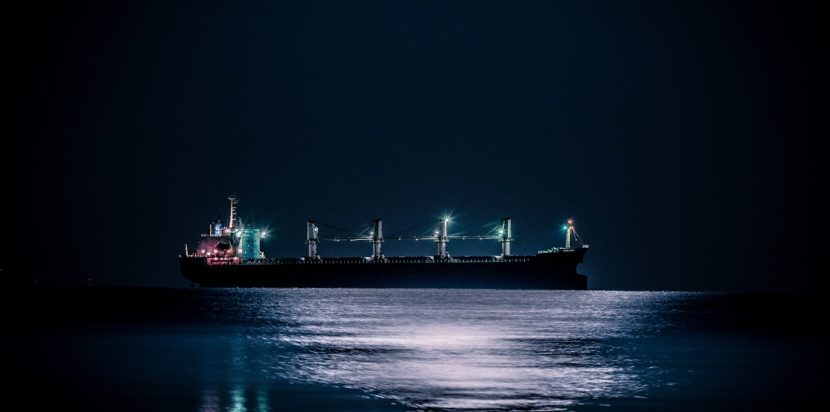Piracy remains a significant threat to the global shipping and logistics industries, especially in regions such as the Gulf of Guinea, the Strait of Malacca, and the waters off Somalia. This criminal activity has far-reaching impacts on the safety of maritime trade, the cost of logistics, and the overall stability of international shipping routes.
The Scope of the Problem
Modern-day piracy has shifted from hijacking vessels for ransom to targeting high-value cargo, crew, and equipment. Piracy incidents vary from full-scale attacks with hijacking and hostage situations to “smash-and-grab” operations targeting cash and valuables. Shipping companies are constantly on alert, and some regions have seen a rise in armed security aboard ships, despite associated risks.
Regions Most Affected
The Gulf of Guinea, off the coast of West Africa, has become a particularly dangerous area, accounting for around 90% of global crew kidnappings. Other affected areas include Southeast Asia, where pirates target smaller vessels and lightly-defended cargo. Additionally, although piracy off the coast of Somalia has significantly decreased in recent years, the area remains a hot spot for potential resurgence due to local political instability and weak law enforcement.
Impacts on Shipping and Logistics
- Increased Operational Costs: Shipping companies spend billions annually to mitigate the risk of piracy, including rerouting, increased insurance premiums, security personnel, and reinforced equipment. These additional expenses translate to higher overall logistics costs and affect the entire supply chain.
- Delays and Route Changes: To avoid high-risk zones, ships often reroute, resulting in longer transit times. For example, avoiding the Gulf of Aden to evade Somali pirates can add thousands of miles and days to a journey, raising costs and impacting delivery schedules.
- Threat to Crew Safety and Mental Health: Crew members on high-risk routes live under constant threat, which affects their morale and safety. Some seafarers suffer from long-term psychological effects, particularly if they have experienced a piracy incident.
- Insurance Premiums: Piracy-prone routes come with elevated insurance costs, as insurance companies charge higher premiums for ships passing through these high-risk areas. Additionally, companies have to cover the risk of cargo loss, ransom, and other damages resulting from piracy.
- Loss of Cargo: Besides direct costs, piracy leads to significant financial losses when cargo is stolen or damaged. High-value shipments are often targeted, and disruptions can lead to delays in goods reaching markets, affecting supply and demand dynamics.
- Impact on Global Supply Chains: With the global economy dependent on maritime trade, disruptions caused by piracy have ripple effects across sectors. Industries reliant on imports of raw materials or timely shipment of products are especially vulnerable to delays.
Combating Piracy
Efforts to combat piracy include international naval patrols, private armed security personnel, and increased surveillance technology, such as drones and satellite monitoring. Collaborative efforts between nations, such as the multinational task forces in the Gulf of Aden, have made a difference but require ongoing coordination.
Other measures include:
- Enhanced International Regulations: International Maritime Organization (IMO) guidelines and national regulations emphasize safety measures, including anti-piracy training for crews and increased security protocols for vessels.
- Improved Port Security: Strengthening security measures at ports reduces the risk of attacks on ships close to shore. Advanced monitoring systems can detect suspicious activities early, giving vessels more time to prepare.
- Community Engagement and Economic Development: Long-term solutions must address the root causes of piracy, including poverty and lack of employment in coastal areas. Programs that promote job opportunities and education could dissuade local communities from supporting or engaging in piracy.
Looking Ahead
As global trade continues to expand, the risk posed by sea pirates will likely persist. Shipping and logistics companies must stay vigilant, adopting new technologies and safety measures to protect their crews and cargo. Governments and international bodies must also continue to collaborate to address piracy’s underlying causes. Only through a comprehensive approach that combines maritime security, economic investment, and legal action can the global shipping industry hope to reduce the threat of piracy.
The costs of sea piracy extend far beyond individual vessels and shipments, affecting economies, industries, and communities worldwide. Addressing this issue is crucial to ensuring that logistics and global trade remain safe and efficient in an increasingly interconnected world.

